I have simulated the following circuit in LTSpice:
One can see that a stable sine wave with a peak of about 6.3 V is obtained, which has a frequency of 1 kHz (I calculated the RC network values to obtain 1kHz with the fromula which takes into account loading). There's very little distortion, too, in the sense that there's no clipping present. If I decrease the value of \$R_{11}\$ to about 35-36 k\$\Omega\$, then the frequency of oscillation will increase and its peak will further deacrease. If I increase the value of the same resistor, frequency will decrease and peak amplitude will increase. I tried to increase the value of the feedback resistor till 1.5 M\$\Omega\$, which halted oscillation, but I was never able to make the output saturate too much, which precisely means effectively obtaining a peak horizontal line instead of a point, similar to a square wave.
I was expecting to see some form of saturation, but it seems the op-amp continuously reduces loop gain until unity is reached during the short transient when oscillations are still increasing. Why is this happening? It seems there's no need for automatic gain control here.
I was thinking that maybe max op-amp output voltage swing falling with frequency is at play, but the corresponding graph in the OP07 datasheet did not convince me. How should I correlate the change of the feedback resistor value with its effects?
Thank you!
UPDATE 1: I re-calculated capacitor values to be able to use 10 k\$\Omega\$ resistors:
Now clipping is clearly present, as expected. Amplitude does not change with gain anymore, but frequency does. I am still trying to understand why current limiting didn't produce as much clipping before and I wonder why frequency still changes (might be useful for the others since @LvW says it is not covered in literature and I'm very curious about it, too)?
UPDATE 2:
I have eliminated \$R_{12}\$ and I have set \$R_{15}\$ to 10 k\$\Omega\$ so that the op-amp input resistor does not load change the bias of the last high-pass filter, as recommended by @Kevin White. It takes the oscillator a bit over a second to reach steady-state, which means just the right amount of op-amp gain is applied so as to make the oscillations start. The frequency of these oscillations is about 937 Hz.
The only thing that keeps happening is that increasing \$R_{11}\$ still decreases frequency. I doubt the op-amp or the RC network are loaded this time. I have performed a simulation similar to that in @frr's answer (but with \$R_4\$ removed and with a resistor between V1 and ground before \$R_5\$ representing the feedback resistor) and varying the feedback resistor didn't change the filter response. I think the changing frequency has to do with how the waveform is distorted. Here is an example at how the waveform looks with the feedback resistor set to 400 k\$\Omega\$, obtaining a waveform of about 839 Hz:
So then, the last thing I am trying to figure out is how frequency still changes with gain.
Update 3:
Thanks everyone for your help! I have accepted one answer, however if I would have wanted to accept both that of @Kevin White and @James (but the site won't let me).
